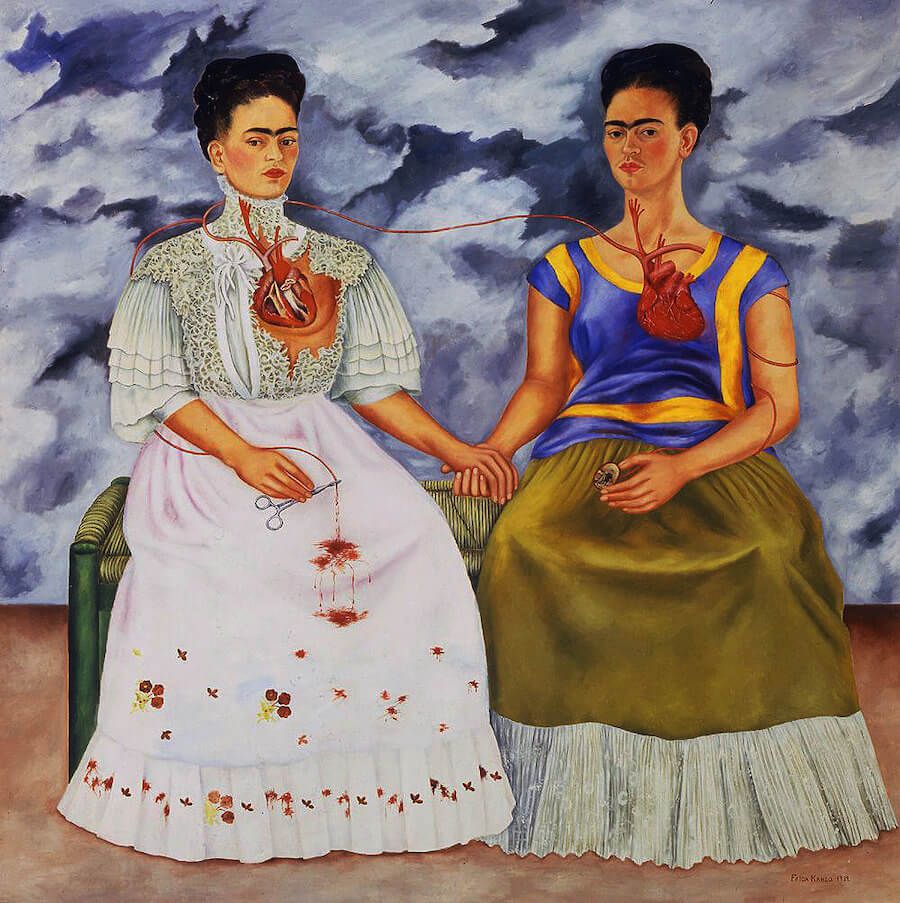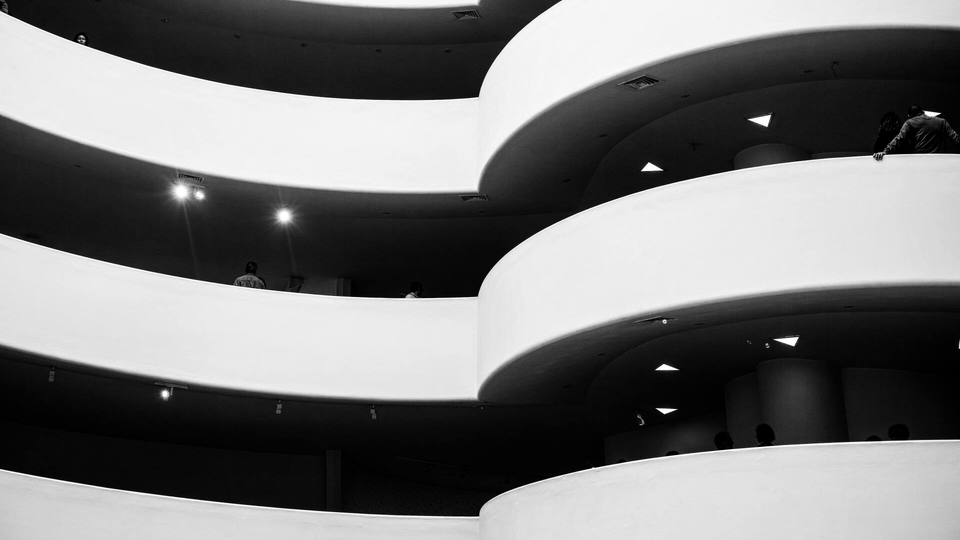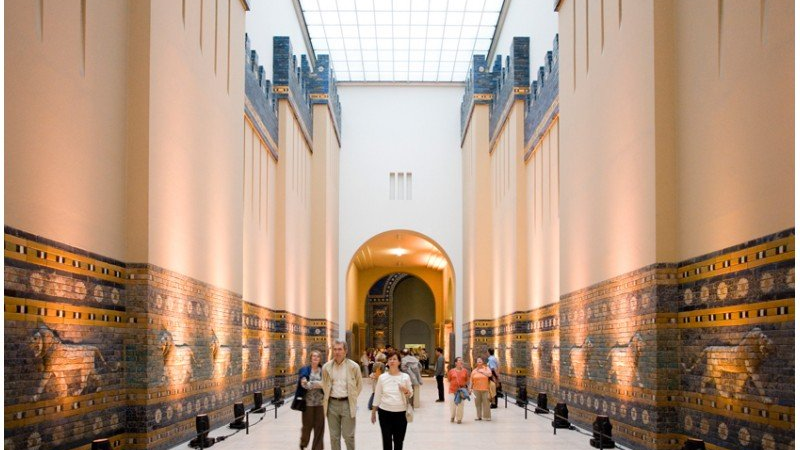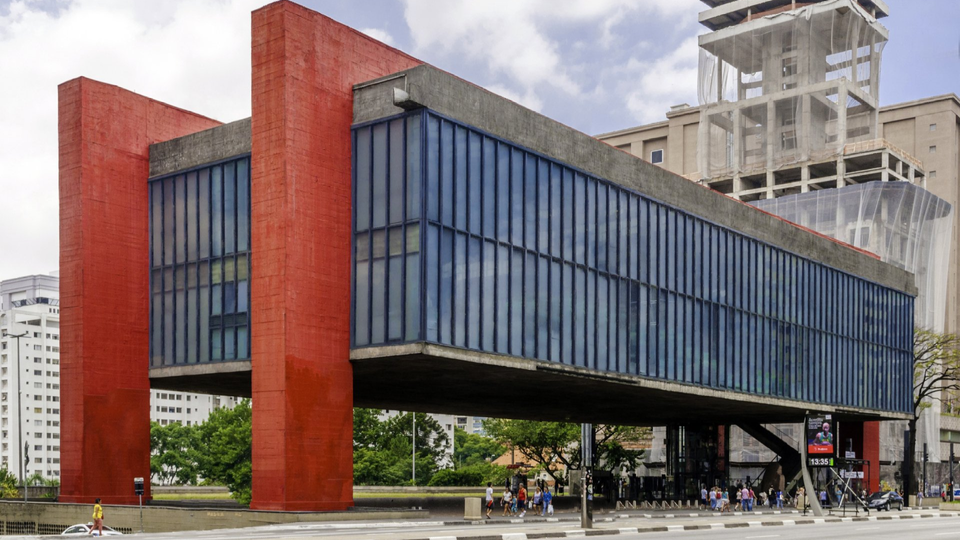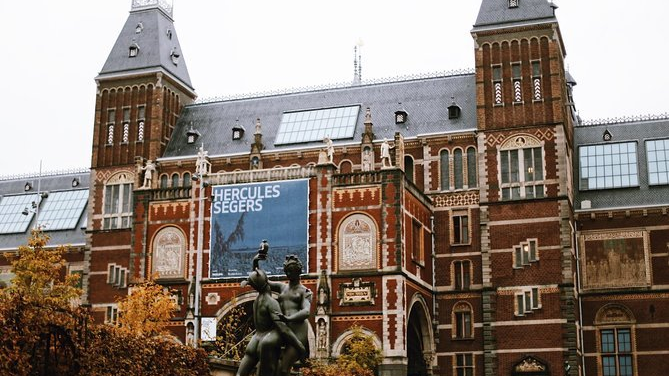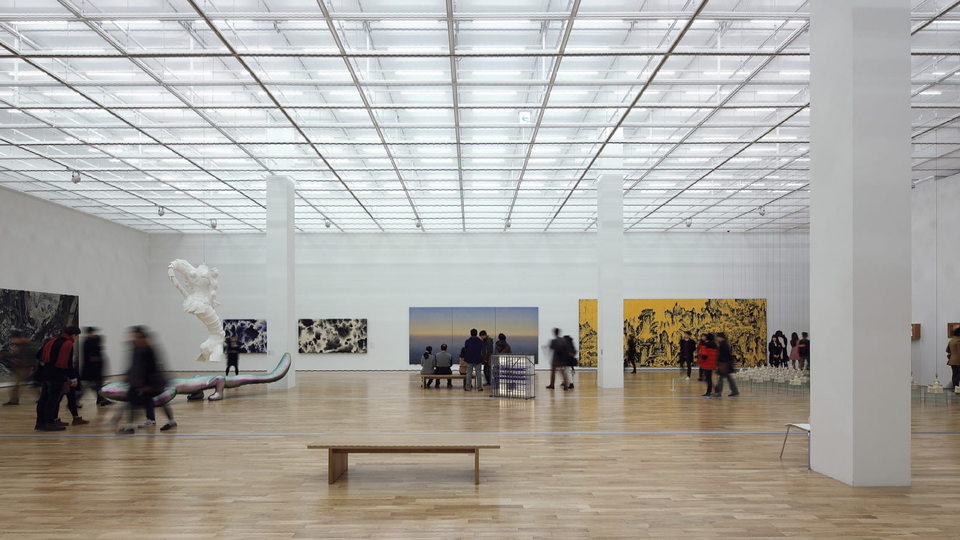10 famous Museums offering virtual tours.
Depending where in the world you are, most of us are dealing with some level of lockdown. Whether you are in a full hard lockdown or have slightly lighter restrictions. I think we can all agree our options for entertainment are quite slim. If you are in the mood for something other than Netflix take a look at these Museums from across the globe offering Virtual Tours. “Travel” to Seoul, Berlin & so many more from the comfort of your couch!
Guggenheim Museum, New York.
Pergamon Museum, Berlin.
This historical Museum is home to plenty of ancient artefacts including the Pergamon Altar & Ishtar Gate of Babylon. As one of Germany's largest museums, Pergamon is definitely worth checking out! Google's Street View Feature.
National Museum of Anthropology, Mexico City.
Built in 1964, this museum holds 23 exhibit rooms filled with ancient artefacts, including some from the Mayan civilisation.
MASP, Sao Paulo.
This museum is a non-profit and Brazil's first Modern Art Museum! Artworks are placed on clear perspex frames which makes it seem like the artwork is hovering in midair. Take a virtual tour to experience this amazing museum.
Uffizi Gallery, Florence.
This gallery houses the art collection of one of Italy's most famous families, the de'Medicis. Take a virtual tour and wander the halls from anywhere in the world.
Van Gogh Museum, Amsterdam.
If you are a fan of Vincent van Gogh then this virtual tour is definitely for you! This museums houses the largest collection of van Gogh artworks in the world, these include 200 paintings, 500 drawings and over 750 personal letters.
Rijksmuseum, Amsterdam.
Google offers a Street View Tour so you can feel as though you are walking the halls. Explore art from the great Dutch masters such as Rembrandt.
National Museum of Modern and Contemporary Art, Seoul.
Google's Virtual Tour takes you through six floors of Contemporary Art from Korea and all over the world.
Musee d'Orsay, Paris.
Take a "stroll" through this gorgeous museum and get a peek at artworks from Monet, Cezanne and Gauguin, just to name a few.
National Gallery of Art, Washington, D.C.
This famous American art museum features two online exhibits. The first is an exhibit of American fashion from 1740-1895. The second a collection of works from the Dutch painter Johannes Vermeer.
